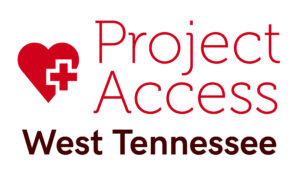On January 17, 2024, the Centers for Medicare & Medicaid Services (CMS) released a final rule that makes important reforms in prior authorization (PA) programs for medical services. The rule addresses PA in government-regulated health plans: Medicare Advantage, state Medicaid and Children’s Health Insurance Program (CHIP) Fee-for-Service programs, Medicaid managed care plans, CHIP managed care entities, and Qualified Health Plan (QHP) issuers on the Federally Facilitated Exchanges (FFEs).
While we continue to analyze the details of the final rule, our initial read suggests that CMS has taken important steps toward right-sizing the PA process by addressing both technological and operational requirements. Among the technology provisions is a requirement that impacted payers support an electronic PA process that is embedded within physicians’ electronic health records (EHR)—bringing much-needed automation and efficiency to the current time-consuming, manual workflow. In addition, CMS is curtailing payers’ PA processes by mandating shortened PA processing timeframes and significantly enhancing transparency around PA, including requirements for specific denial reasons and public reporting of program metrics. CMS is also requiring that payers provide physicians and patients more PA-related information.
CMS notes enforcement of its policies, particularly around Medicare Advantage payers, can include CMS sanctions and civil monetary penalties. CMS received considerable feedback on the effective date of its policies, including some concerns regarding technology challenges. Unless otherwise noted in the section summaries attached, CMS’ policies will go into effect January 1, 2027.
The AMA issued a press release commending the Biden Administration for its PA reforms that prioritize patients’ access to care and reduce administrative burdens for physicians and their staff. The AMA has been urging the Biden Administration to move forward on many of these reforms and this final rule is an important step. The AMA looks forward to continuing to work with CMS on this critical issue, including expanding these improvements to drug PA.
A more detailed, preliminary summary of the new regulations can be found here.







